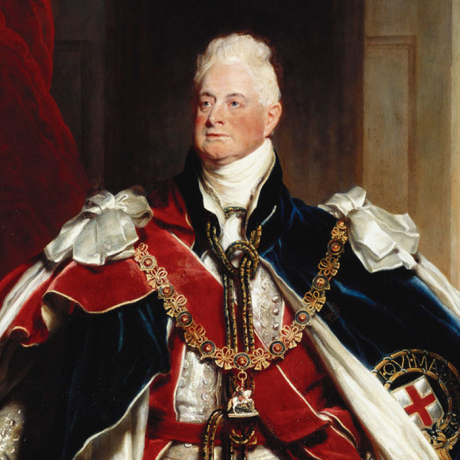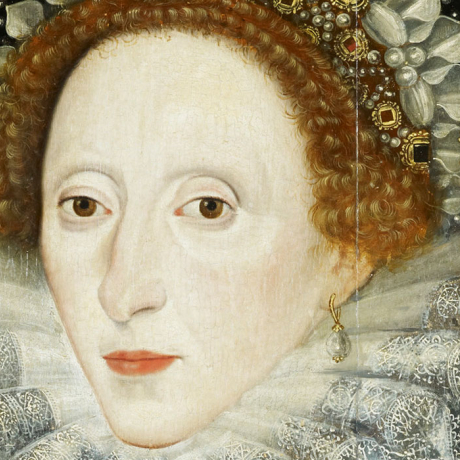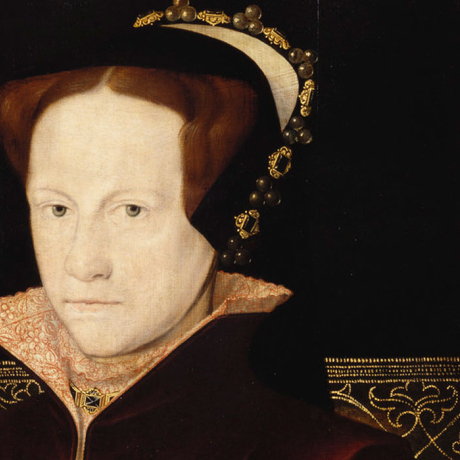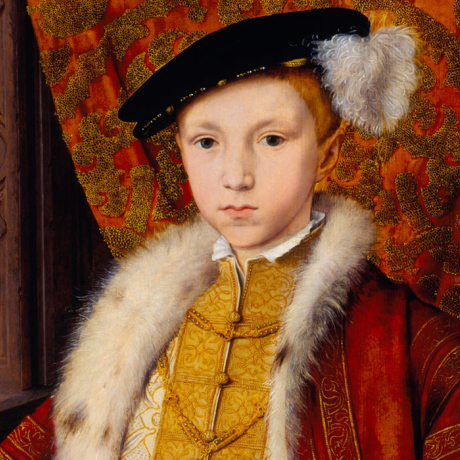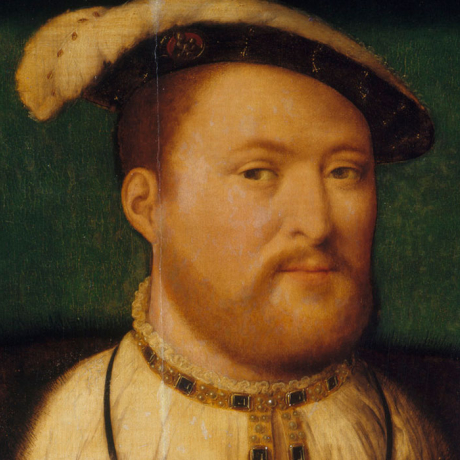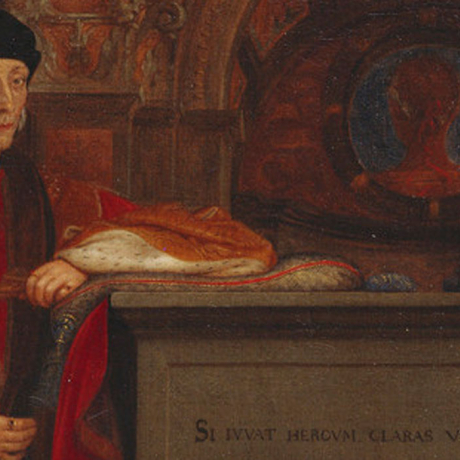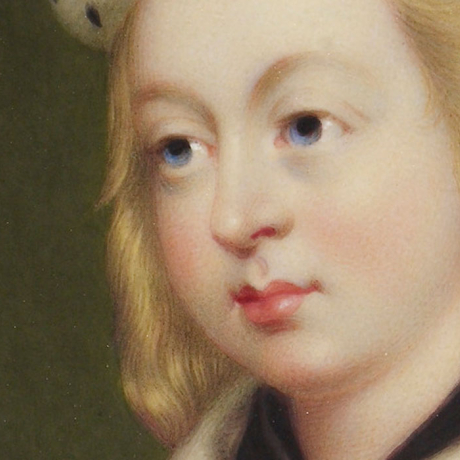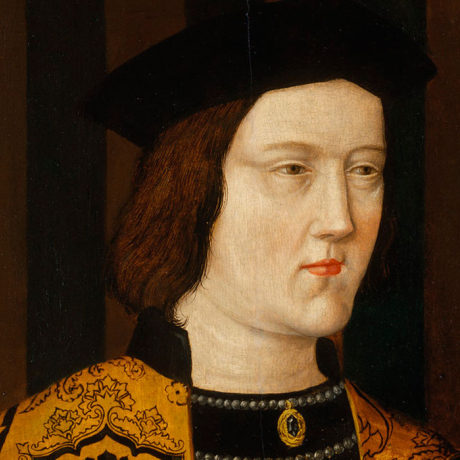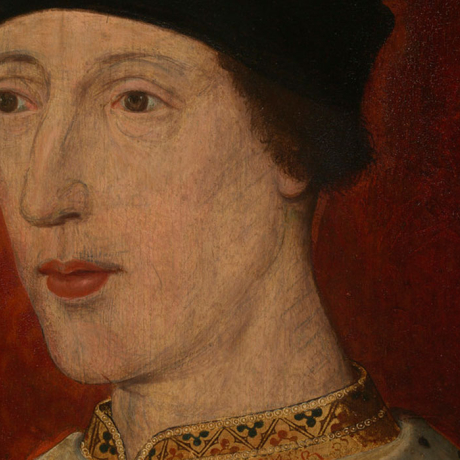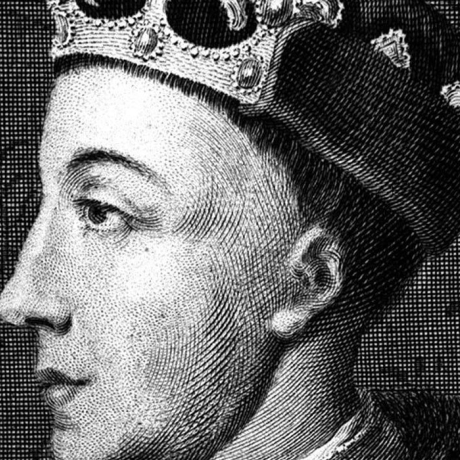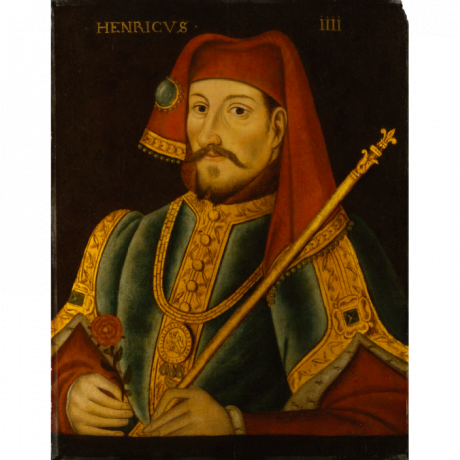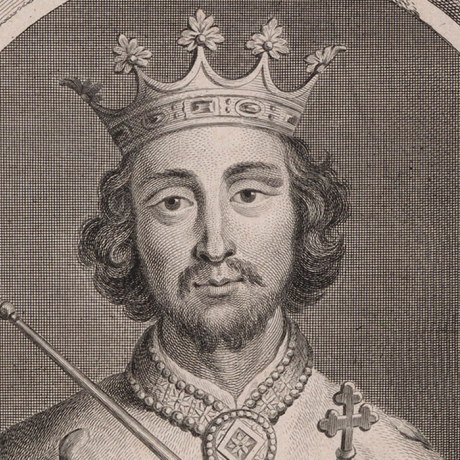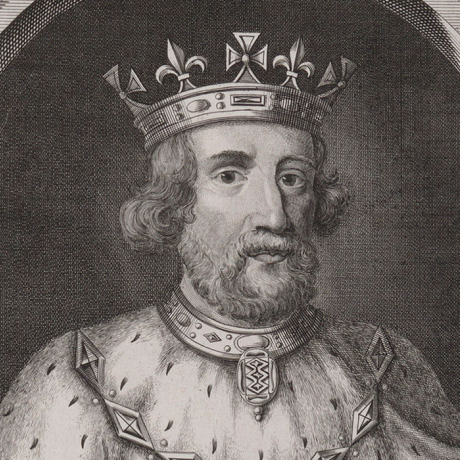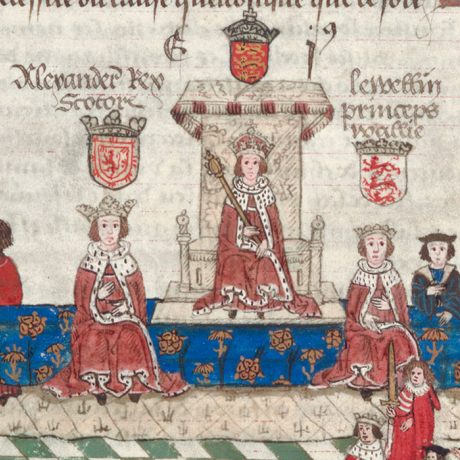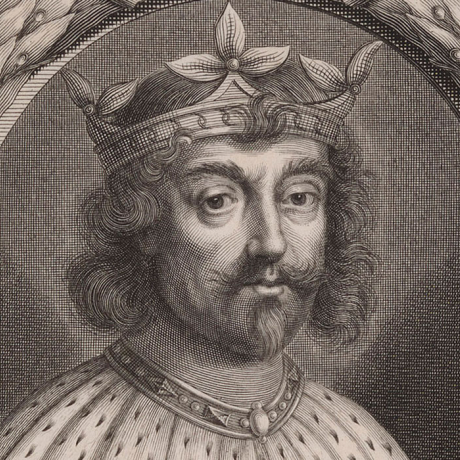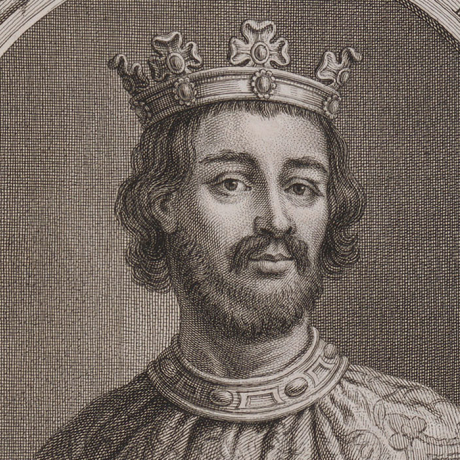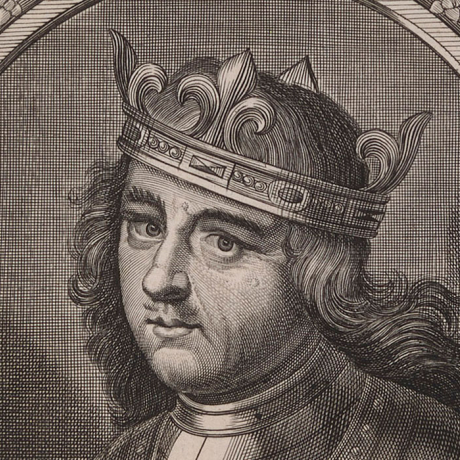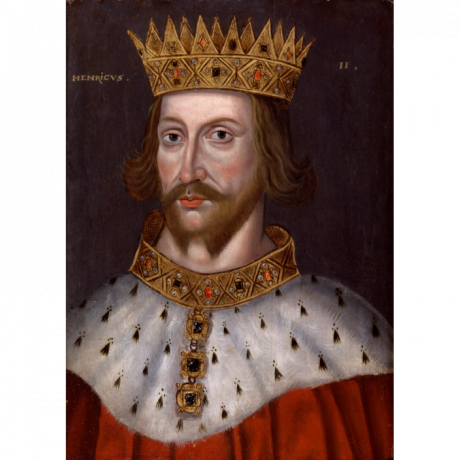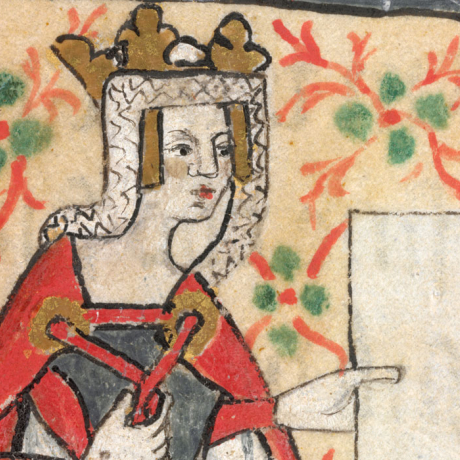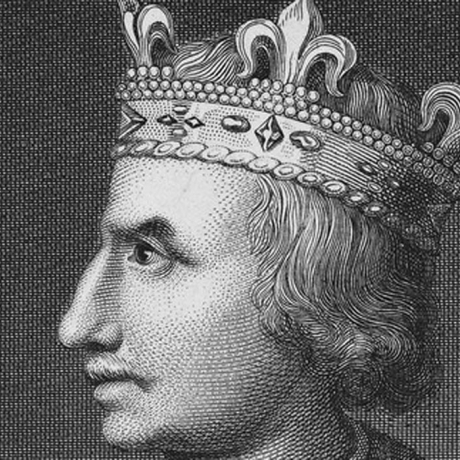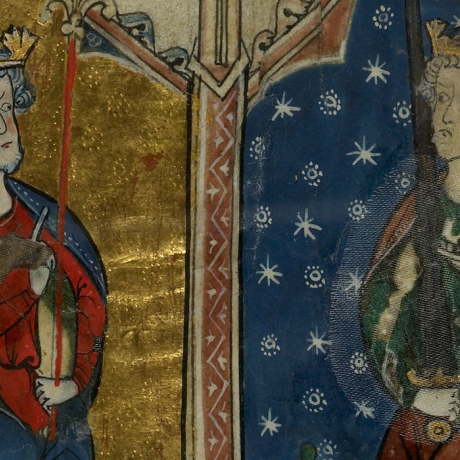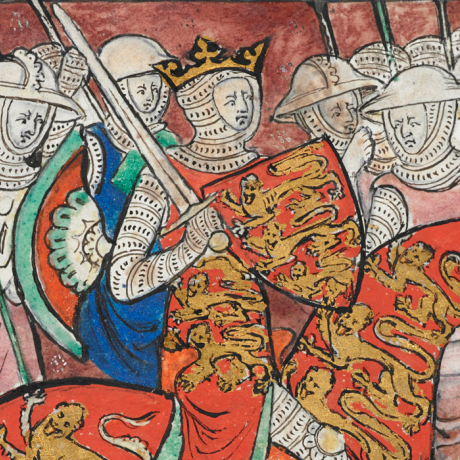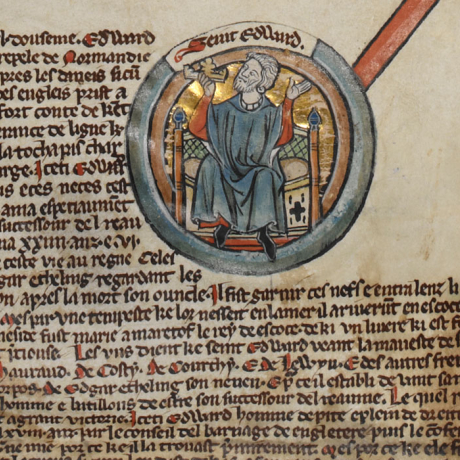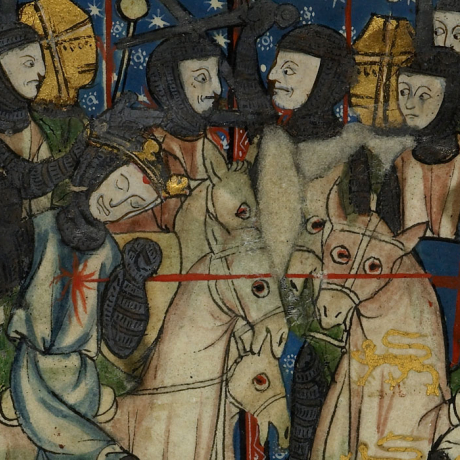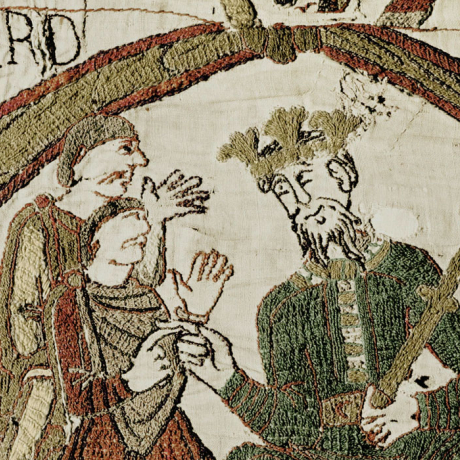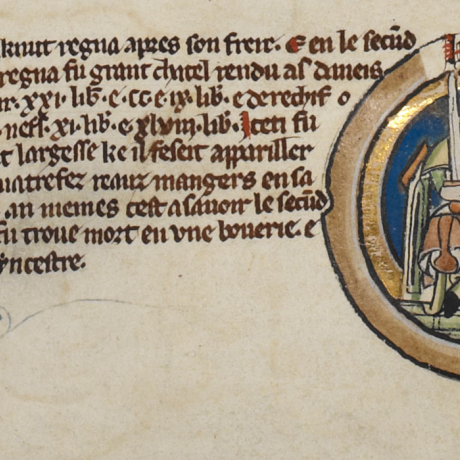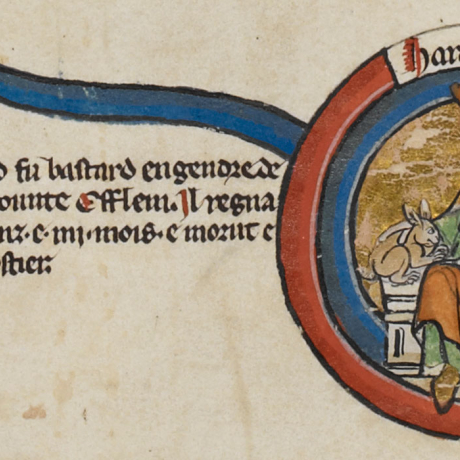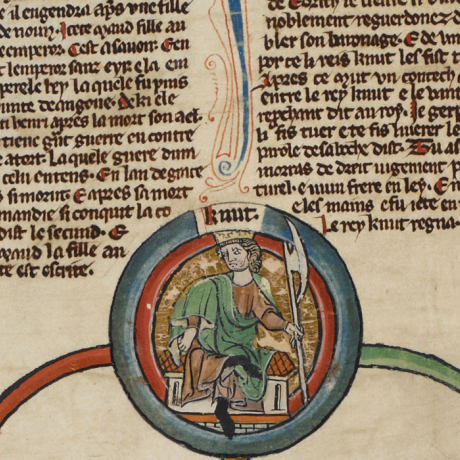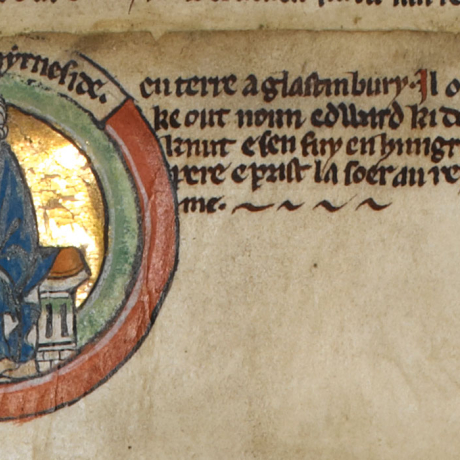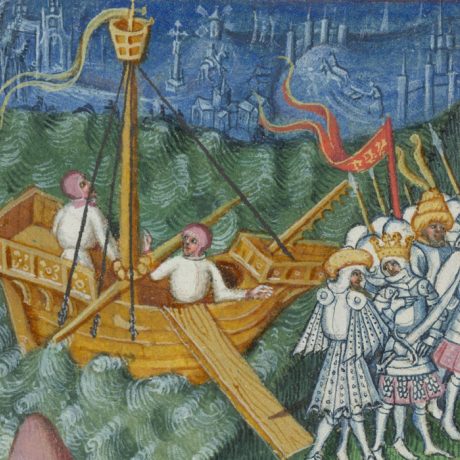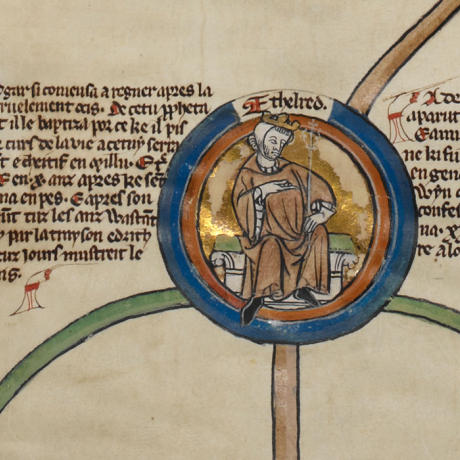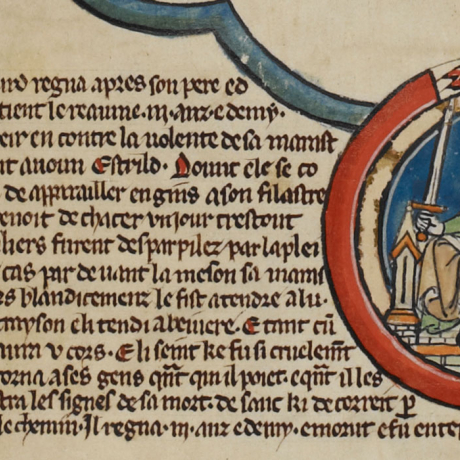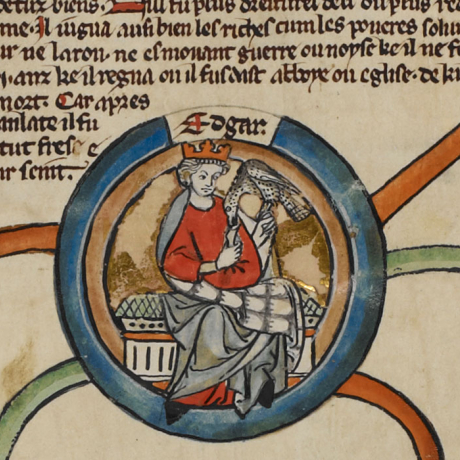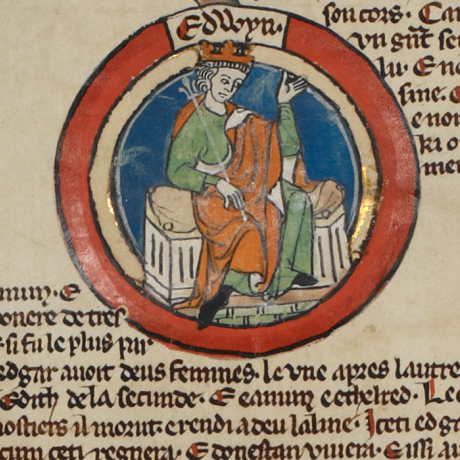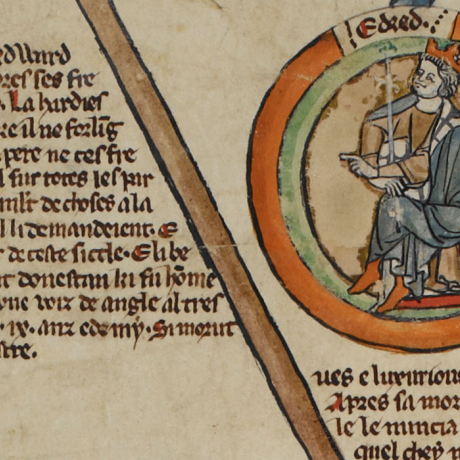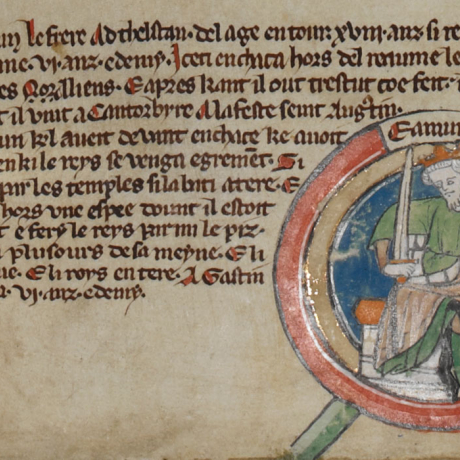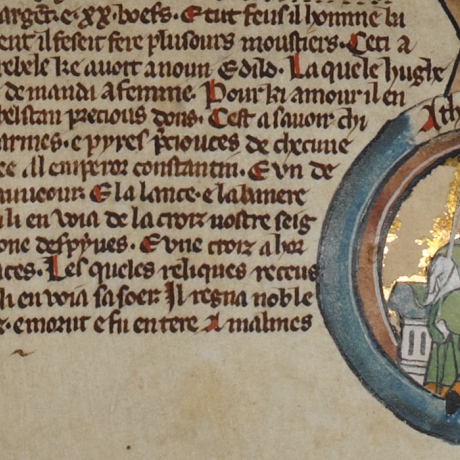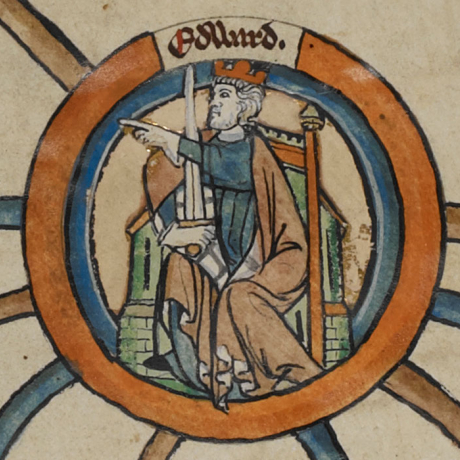Henry II, the son of Geoffrey Plantagenet, Count of Anjou, and Henry I's daughter Matilda, was the first in a long line of 14 Plantagenet kings, stretching from Henry II's accession through to Richard III's death in 1485. Within that line, however, four distinct Royal Houses can be identified: Angevin, Plantagenet, Lancaster and York.
The first Angevin King, Henry II, began the period as arguably the most powerful monarch in Europe, with lands stretching from the Scottish borders to the Pyrenees. In addition, Ireland was added to his inheritance, a mission entrusted to him by Pope Adrian IV (the only English Pope).
A new administrative zeal was evident at the beginning of the period and an efficient system of government was formulated. The justice system developed. However there were quarrels with the Church, which became more powerful following the murder of Thomas à Becket.
As with many of his predecessors, Henry II spent much of his time away from England fighting abroad. This was taken to an extreme by his son Richard, who spent only 10 months of a ten-year reign in the country due to his involvement in the crusades.
The last of the Angevin kings was John, whom history has judged harshly. By 1205, six years into his reign, only a fragment of the vast Angevin empire acquired by Henry II remained. John quarrelled with the Pope over the appointment of the Archbishop of Canterbury, eventually surrendering.
He was also forced to sign the Magna Carta in 1215, which restated the rights of the church, the barons and all in the land. John died in ignominy, having broken the contract, leading the nobles to summon aid from France and creating a precarious position for his Plantagenet heir, Henry III.


